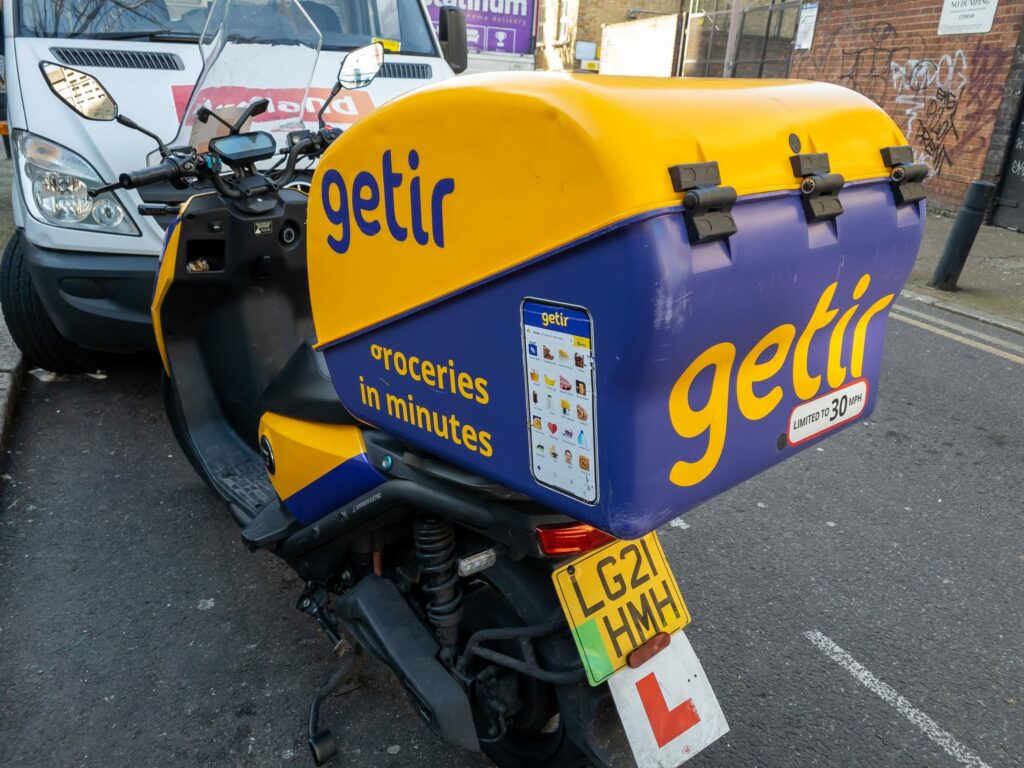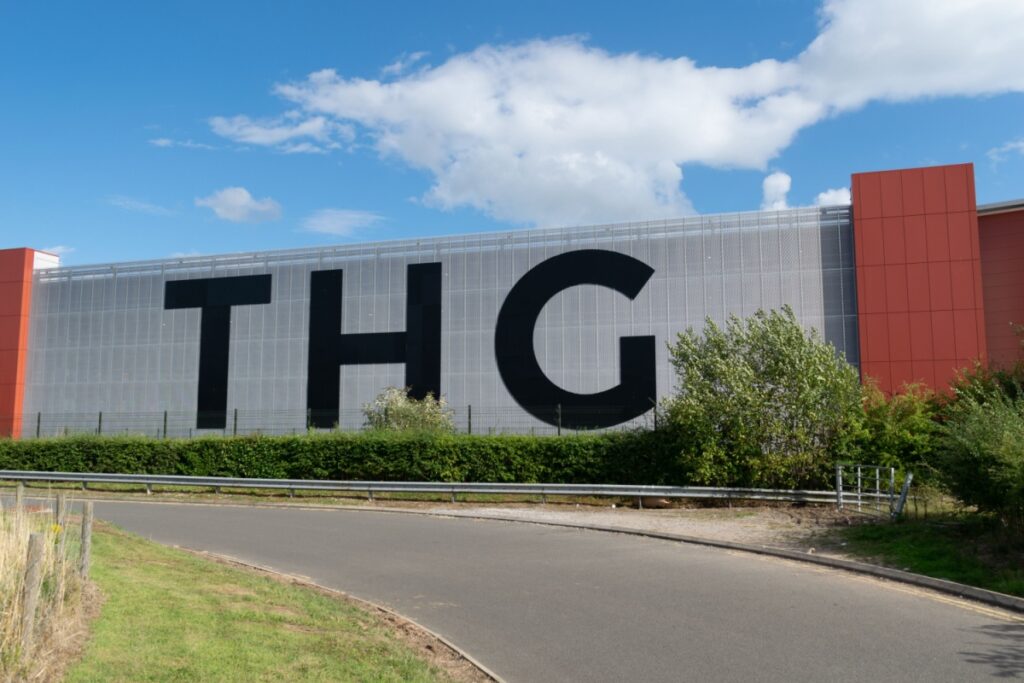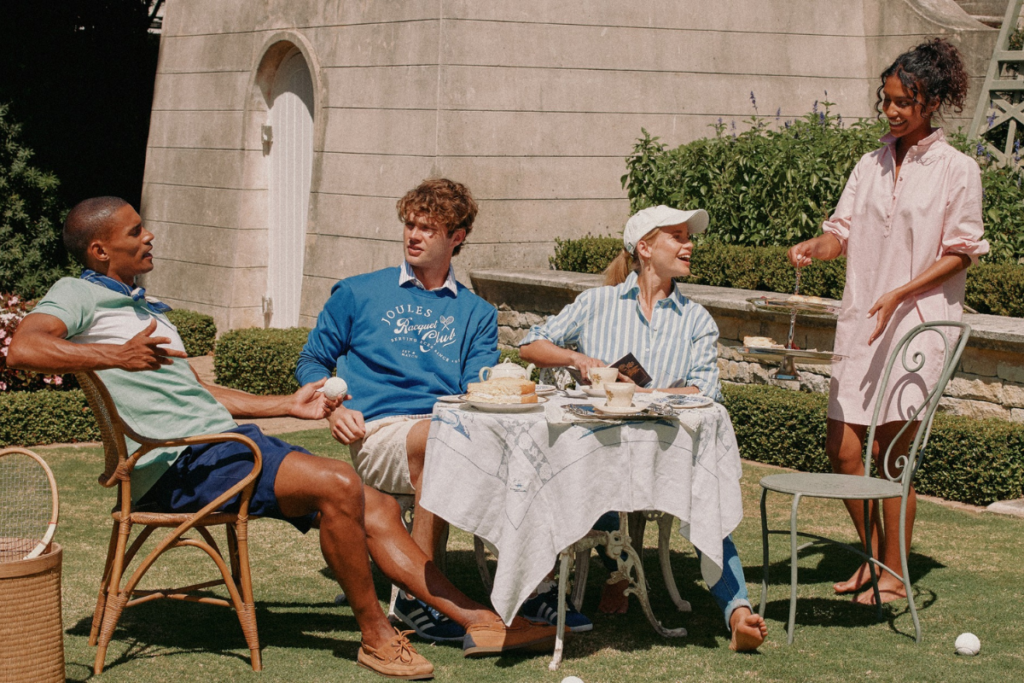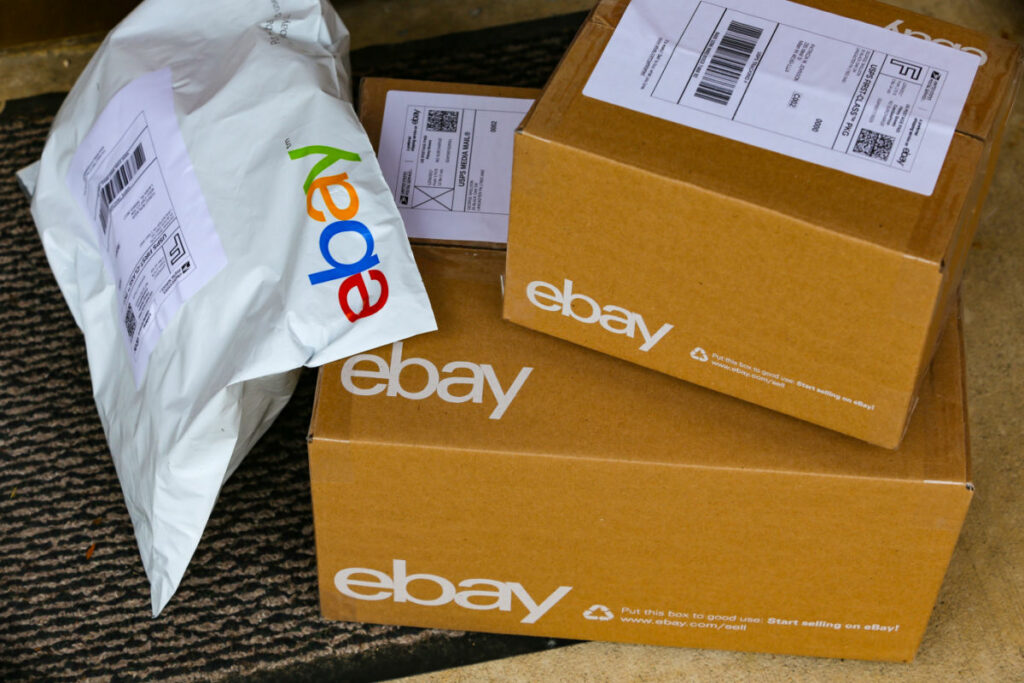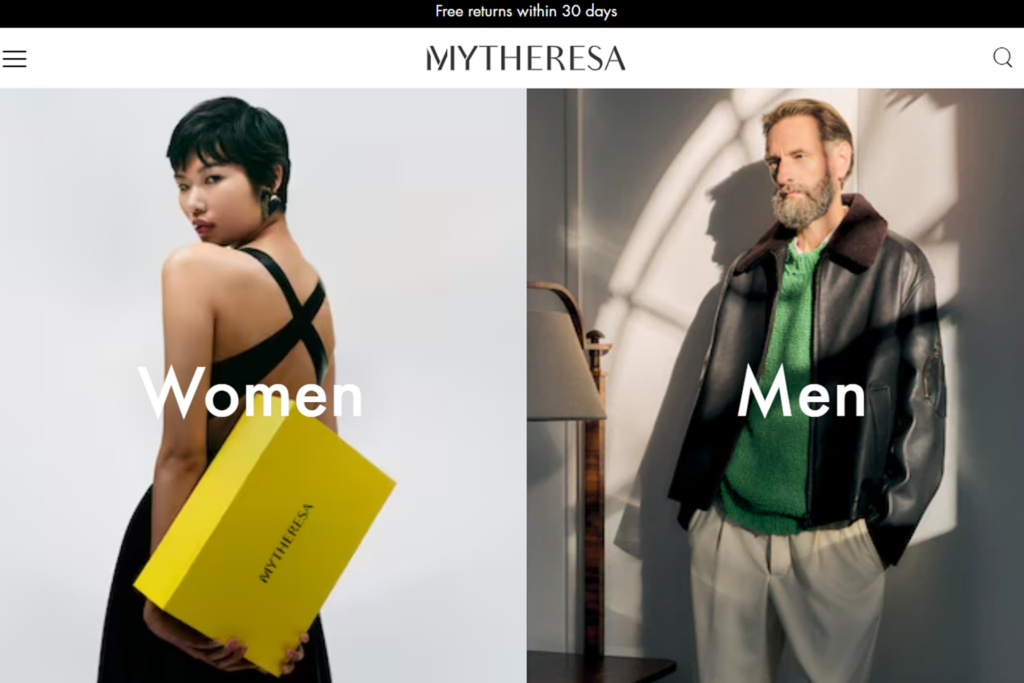With over 700,000 apps currently available in the App Store, it might seem tempting for retailers to jump in feet first and develop an app immediately, so as not to miss the opportunity to harness this relatively new sales channel. After all, isn‘t every person with a smartphone a potential customer?
The answer is not quite that clear cut: although research has shown that smartphone users do enjoy using apps to shop, the sheer volume available has created a discerning audience who are very selective with the apps that become a part of their daily lives.
Webcredible recently carried out a study into the behavioural patterns of smartphone users to establish how UK consumers are using mobile phones in their everyday lives. Our research shows that in the UK, consumers tend to use only four apps on a regular basis (excluding social apps). This may seem surprising to some but it is proof that to be successful, apps need to have a certain ‘edge‘ over others that cements their place in users‘ daily routines.
The research also shows that apps used most frequently fall into defined groups: voucher apps (Groupon and Vouchercloud), retail apps (eBay and Amazon), journey planning/location sensitive apps (Tube Map and Google Maps), and booking apps (Thetrainline and Toptable).
These apps shared a common thread: they had all successfully become part of a user‘s routine. Some of the apps had replaced more traditional solutions altogether: Google Maps had replaced the traditional A-Z by providing a comprehensive and effective tool which, on a compact smartphone, was far more convenient than navigating a bulky paper map. Similarly, paper copies of newspapers had been overtaken by the speed and simplicity of scanning the news on a smartphone, and checking train times on a smartphone meant it was no longer necessary to pick up a paper timetable, or even use a PC or a laptop to perform the same task.
Many of the most successful apps had been built with the specific purpose of saving users time by streamlining an otherwise lengthy or tedious process. This quality was most noticeable in apps such as the Streetcar app, which does away with having to make a phone call to book a car, lock it, unlock it, or reserve extra time.
First and foremost, these apps were successful because of the quality of the service they provided to their users; they managed to intuit and satisfy the customer‘s basic daily needs. For example, navigation and journey-planning apps satisfy a fundamental need, as well as saving the user time, since they can check their journey options ‘on the fly‘ without having to plan ahead before they leave the house.
When looking at the retail apps, Amazon and eBay were prime examples of the range of qualities that made an app indispensable to its users. The Amazon app uses ‘one-click‘ shopping to speed up the buying process, and once the user is logged in, they never need to re-enter payment details or personal information. Our study showed that entering tedious log-in details and repeatedly re-submitting personal information forms are one of the most common barriers to finalising sales via mobile.
The eBay app taps into the need for users to monitor their bids in real time and follow auctions until the very last minute to beat other bidders by providing a means for them to bid anywhere, at any time. This means that users are not ‘tied‘ to a computer at certain times of day waiting for their watched item auctions to end, and makes it far more likely that they will win the items they want.
Retailers who want to get involved in the trend for apps need to carefully consider several factors before they take the plunge into developing their own: a successful retail app needs to come from a targeted, considered concept, which understands customers‘ needs. Building an app ‘for the sake of it‘ is unwise, as there is no guarantee of any app being down
RELATED STORIES


